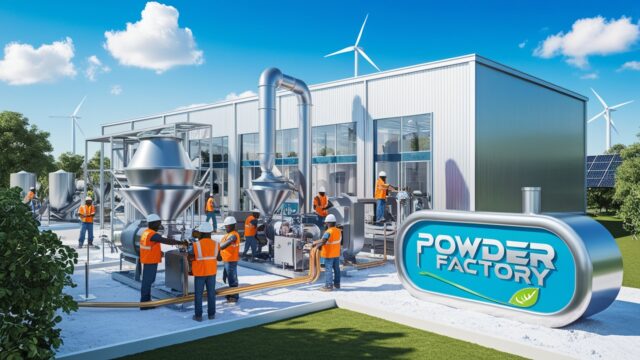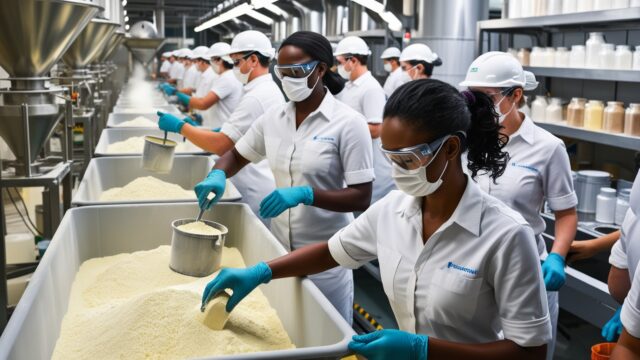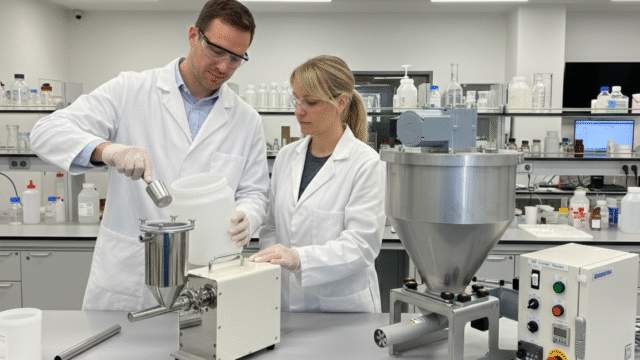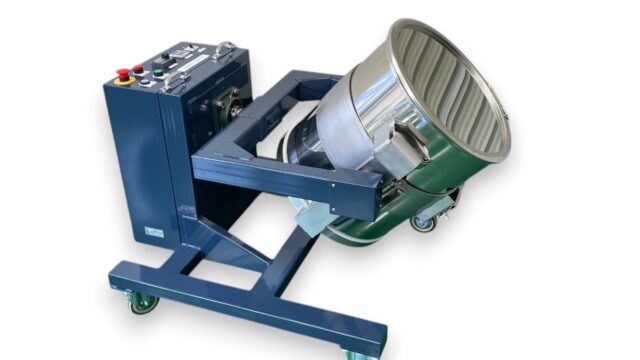With the growing awareness of environmental issues, regulations related to the handling of powdered materials are becoming increasingly stringent worldwide. While different regulatory standards exist in Europe, the US, and Asia, efforts to protect the environment are being reinforced in each region, significantly impacting the manufacturing industry. Key concerns include processing methods, emission regulations, and waste management for powdered materials.
1.Strict Regulations in Europe and Their Impact
The European Union (EU) has established regulations that prioritize environmental protection, requiring companies to comply with strict standards. For example, REACH (Registration, Evaluation, Authorization, and Restriction of Chemicals) and the RoHS Directive (Restriction of Hazardous Substances) impose stringent limitations on chemicals and materials used in manufacturing processes. This mandates the safety of materials, including powdered substances, and restricts the use of hazardous materials.
Although these regulations pose challenges for companies, they also promote the development of environmentally friendly products. In processes that utilize screw feeders, for instance, measures to prevent powder dispersion and reduce emissions have become essential, leading to improvements in equipment and the adoption of new technologies. While adapting to these regulations can increase costs, it also serves as a marketing point to appeal to environmentally conscious customers.
2.US Environmental Regulations and Corporate Efforts
In the US, regulations led by the Environmental Protection Agency (EPA) are being strengthened, with particular attention given to dust emission control. Air pollution in industrial areas is a serious concern, and regulations concerning the handling of powdered materials are becoming more rigorous year by year. The reduction of oxidants and fine particulate matter (PM2.5) is especially emphasized, necessitating measures to prevent powder dispersion.
Moreover, many states have introduced their own regulations, requiring companies to adapt to both federal and state standards. As a result, companies operating in the US market must implement flexible strategies to comply with these various regulations. In production processes involving screw feeders, efforts to strengthen emission monitoring and enhance filter performance are underway, enabling companies to enhance their credibility by adhering to environmental regulations.
3.Diversity and Challenges of Regulations in Asia
In Asia, the stringency of environmental regulations varies by country, but there has been a growing interest in environmental protection, leading to stricter regulations in recent years. Emerging economies like China and India are facing severe environmental pollution due to rapid industrialization, prompting governments to step up regulatory efforts. In China, for instance, as part of the “Made in China 2025” initiative, efforts are being made to align environmental standards with those of Europe and the US.
However, inconsistent enforcement remains a challenge in Asia. In some countries, despite stringent regulations, inadequate oversight and enforcement may allow violations to go unchecked. This can delay investments in meeting environmental standards, yet more companies are establishing a competitive edge by adopting advanced technologies. For example, the latest dust collection technologies and aerosol control methods in powder supply processes are gaining attention.
4.Turning Regulations into Opportunities
The tightening of environmental regulations related to the handling of powdered materials presents both a burden and an opportunity for companies. By complying with regulations, companies can enhance product safety and quality while reducing environmental impacts. Through upgrades to screw feeders and powder processing equipment, companies can reduce emissions and improve energy efficiency, building a sustainable business model.
As regulations are expected to become even stricter in the future, closely monitoring regional regulatory trends and responding flexibly and swiftly will be crucial. Adapting to regulations contributes to long-term corporate value enhancement and represents a critical step toward balancing environmental protection with economic activities.












